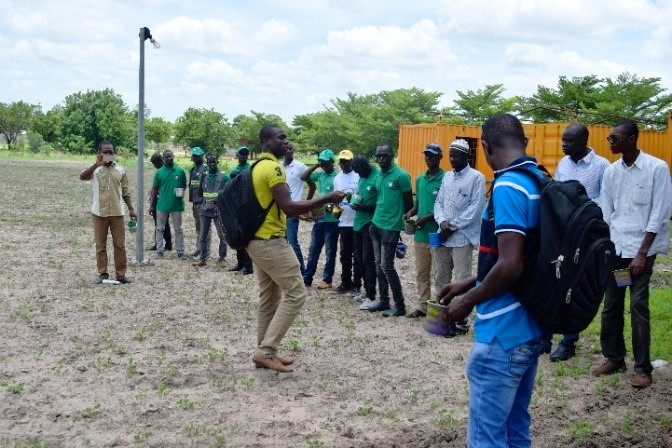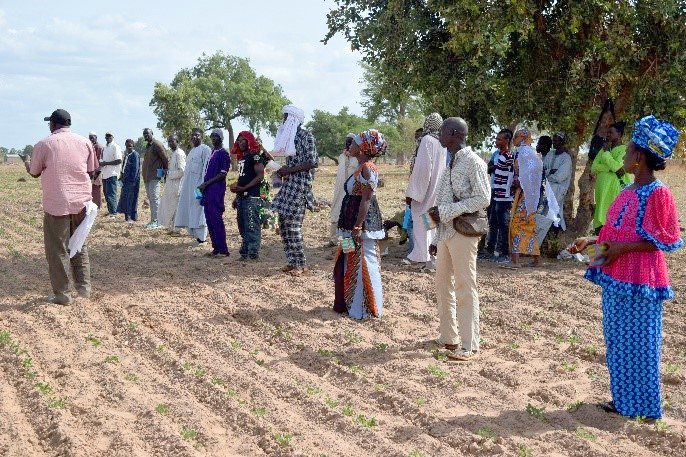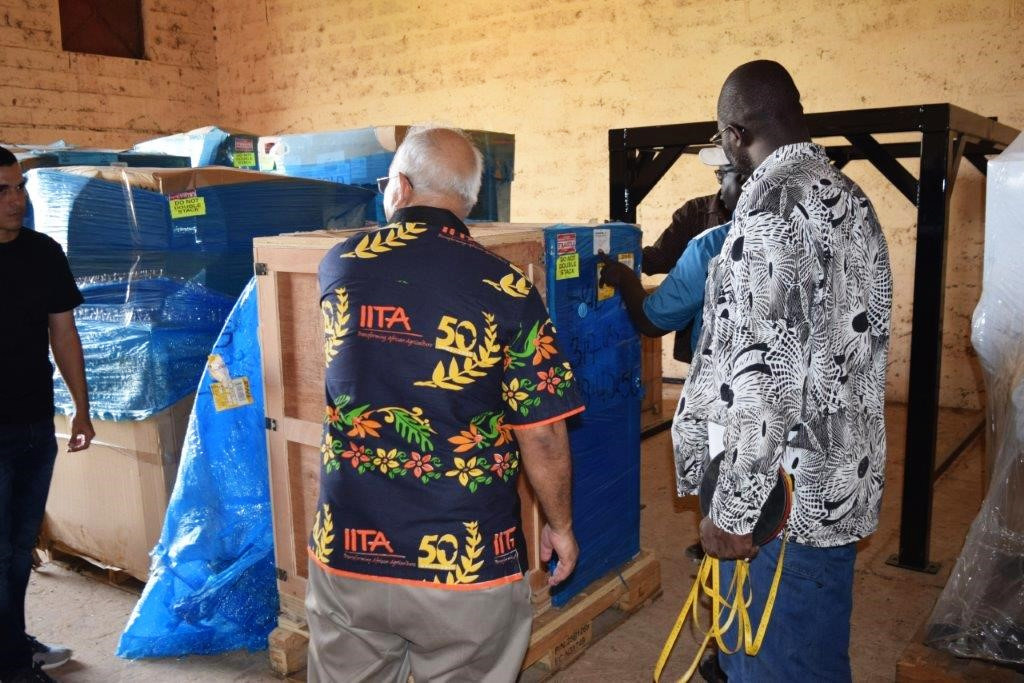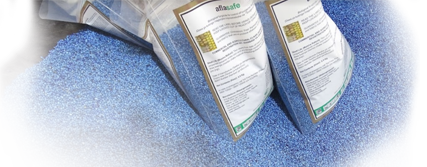
Every year, July to September is a very crucial quarter for agriculture in West Africa: it is the groundnut-growing season. For us at ATTC, this is of course also the period when pre-harvest Aflasafe is applied to protect groundnuts from deadly aflatoxin – a function Aflasafe effectively plays before, during and after harvest, when combined with good agricultural practices.
For this year’s groundnut season, we zoom in on how this critical quarter went down in Senegal and The Gambia, where Aflasafe SN01 is in the early stages of commercialisation facilitated by ATTC, with a main focus on groundnuts.
For these two countries that happen to share a contiguous groundnut belt that runs freely across both countries, disregarding the national frontiers, ATTC’s goal this year as last year was one and the same: to conduct awareness-raising on aflatoxin, but also go a step further towards solutions by also conducting training on Aflasafe application, as part of a suite of good agricultural practices for an integrated approach to aflatoxin management. The two countries with a remarkably unique land frontier also have a common Aflasafe manufacturer and distributor – BAMTAARE, with The Gambia’s National Food Security, Processing and Marketing Corporation (NFSPMC) undertaking in-country distribution within The Gambia for a whopping 50 tonnes of Aflasafe SN01.

The interactive and participatory training was enhanced by actual in vivo Aflasafe application. And since this was designed as a training of trainers (ToT) who would thereafter become trainers in their own right not only for post-ATTC sustainability but also to maximise reach and effect, most of the trainees were therefore necessarily extension officers and lead farmers. But we also went beyond our traditional networks to additionally take on board newcomers in a bid to yet further enhance our reach. Amongst those we embraced in the training was Naatal Mbay, a four-year (2015–2019) Feed the Future Senegal project. Its objective is scaling up and expanding successful value-chain approaches, which makes it and ATTC natural partners, with each enriching the other’s work. Others included additional BAMTAARE/Sodefitex agents, and for The Gambia, NFSPMC and the Ministry of Agriculture.
We are beginning to reap the fruits from last year’s training, with ATTC now increasingly receding into the back seat. Notably, trainees from the previous ToT last year (see here and here for The Gambia and Senegal) took the lead in their respective areas, handling the training themselves, with the ATTC team in a purely supervisory and supporting role. NFSPMC organised training at Fass Saloum and Bara in The Gambia, while BAMTAARE/Sodefitex organised training at Tambacounda, Koungueul, Velingara and Kolda.

And we’re not done with the good news. The next chapter in this ongoing story which fitting falls in the upcoming season of goodwill and glad tidings will be the most exciting part yet! What were the fruits of this training in terms of correct application of Aflasafe to successfully combat aflatoxin? Keep it here for this news to come in Quarter 4 when the groundnuts sown in Quarter 3 will be harvested, and tested for aflatoxin. We will bring you fresh voices and perspectives from those that matter the most and have the greatest role to play – and great benefits to reap – in the fight against aflatoxin: the farmers.
We’ll give you their perspectives in Quarter 4, as well as news on the Aflasafe SN01 factory that BAMTAARE is constructing in the groundnut belt at Kaolack, so please stay tuned! Sneak peek: nearly all the factory equipment has been delivered, and construction is set to start in Quarter 4.
LINKS
- FLASHBACK: More photos from 2017 training of trainers in Senegal
- Kaffrine – Day 1 | Day 2
- Tambacounda – Group 1 | Group 2 (Koungheul)
- Velingara
- Aflasafe in The Gambia
- Aflasafe in Senegal










